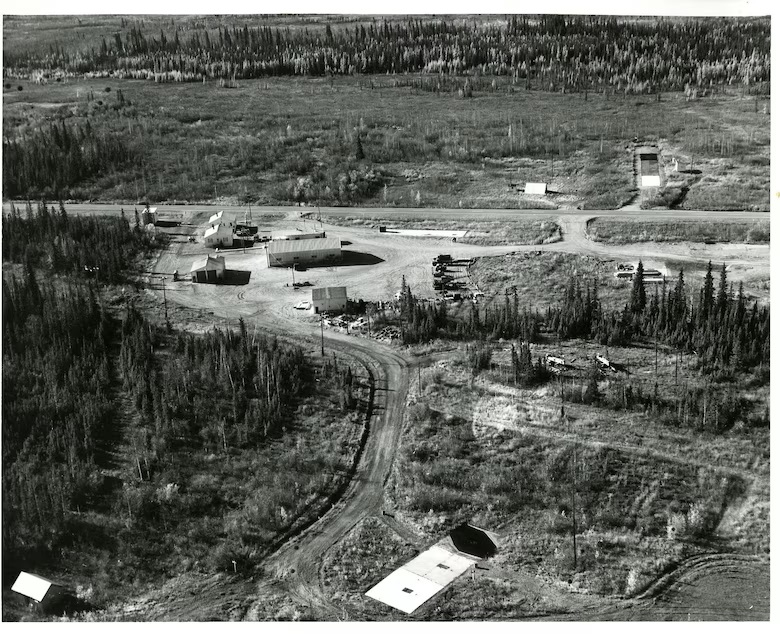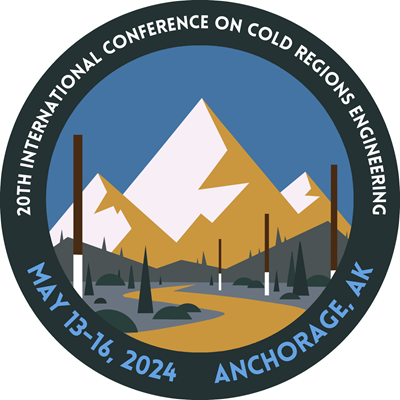Short Field Trips During Conference (1:00 pm – 5:00 pm, May 16)
The LOC planned for four field trip options in or around Anchorage for the conference attendees and accompanies, including the University of Alaska Anchorage campus, William Jack Hernandez Sport Fish Hatchery, the Anchorage Museum, and the Whittier Access Tunnel. A small fee will be collected during registration to cover transportation or entrance costs.
University of Alaska Anchorage Campus
UAA is the premier university in the heart of Alaska’s largest city, Anchorage. The unique locations provide unparalleled access to industry connections, Arctic research, outdoor recreation and more, facilitating once-in-a-lifetime experiences, groundbreaking education and impactful careers. At UAA, you can pursue your dream of becoming an engineer, computer scientist, or project manager while living in Anchorage–the business, industrial, cultural, and recreational center of Alaska. Located near all major Alaskan employers of engineering, computer science, and project management talent, 74% of our job-seeking students have jobs before they graduate! Click the picture below for more info.
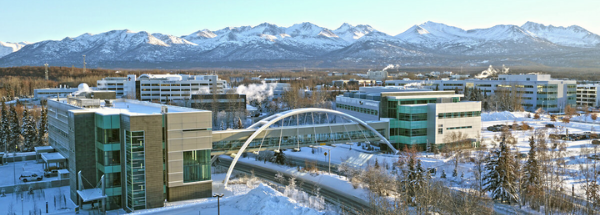
William Jack Hernandez Sport Fish Hatchery
Located near downtown Anchorage (the intersection of Reeve Blvd. and Post Road), this fully enclosed, recirculating aquaculture system (RAS) based facility uses the best available technology to conserve water and reduce heating demand for the production of Chinook and coho salmon, rainbow trout, and Arctic char. Click the picture below for more info.
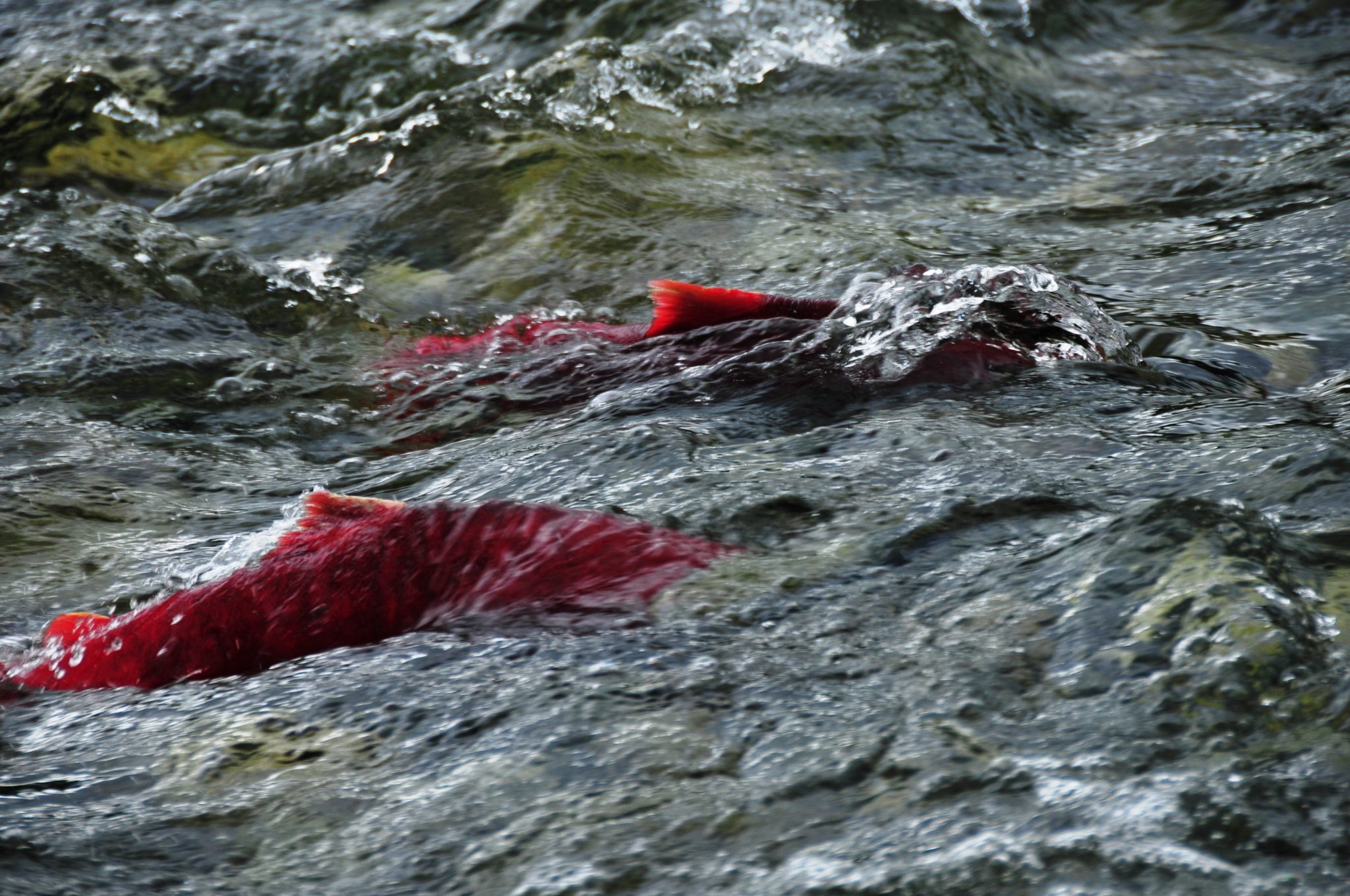
The Anchorage Museum
The Anchorage Museum is a large art, history, ethnography, ecology and science museum located in a modern building in the heart of Anchorage, Alaska. It is dedicated to studying and exploring the land, peoples, art and history of Alaska. The museum displays material from its permanent collection, along with regular visiting exhibitions. Attendees will walk to the museum from the conference venue. Click the picture below for more info.
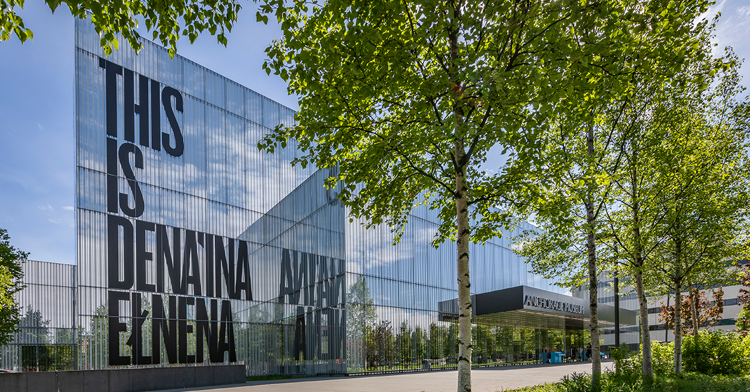
The Whittier Access Tunnel
This trip will include an one-hour drive along the scenic Turnagain Arm, one of the most beautiful drives in the US. At one-mile long, the Anton Anderson Memorial Tunnel, better known as the Whittier Tunnel, is the longest combined vehicle-railroad tunnel in North America! It is a unique passage into and out of the town of Whittier and the gateway to Prince William Sound. The tunnel was originally only for trains, but demand for easier access to the beautiful Prince William Sound spurred the Department of Transportation and Public Facilities to build a roadway through the tunnel. By 2000, people were able to drive to Whittier for adventure. See below for schedule and click the picture below for its unique history.
- 12:45 pm -Stage and board coach/safety speech
- 1:00 pm – Depart Egan Center for Anton Anderson Memorial Tunnel
- 2:15 pm – Arrive Anton Anderson Tunnel for tour
- 2:30-2:45 pm – Scheduled traffic to Whittier, Transit tunnel with tour guide(s)
- 2:45-3:00 pm – Arrive in Whittier, turn around for return queue
- 3:00-3:15 pm – Scheduled transit from Whittier to Bear Valley, depart Anton Anderson Tunnel
- 3:30 – 4:00 pm Stop at Begich Boggs Visitor Center
- 4:00 pm – Depart Begich Boggs for Egan Center, arrive around 5:15 pm
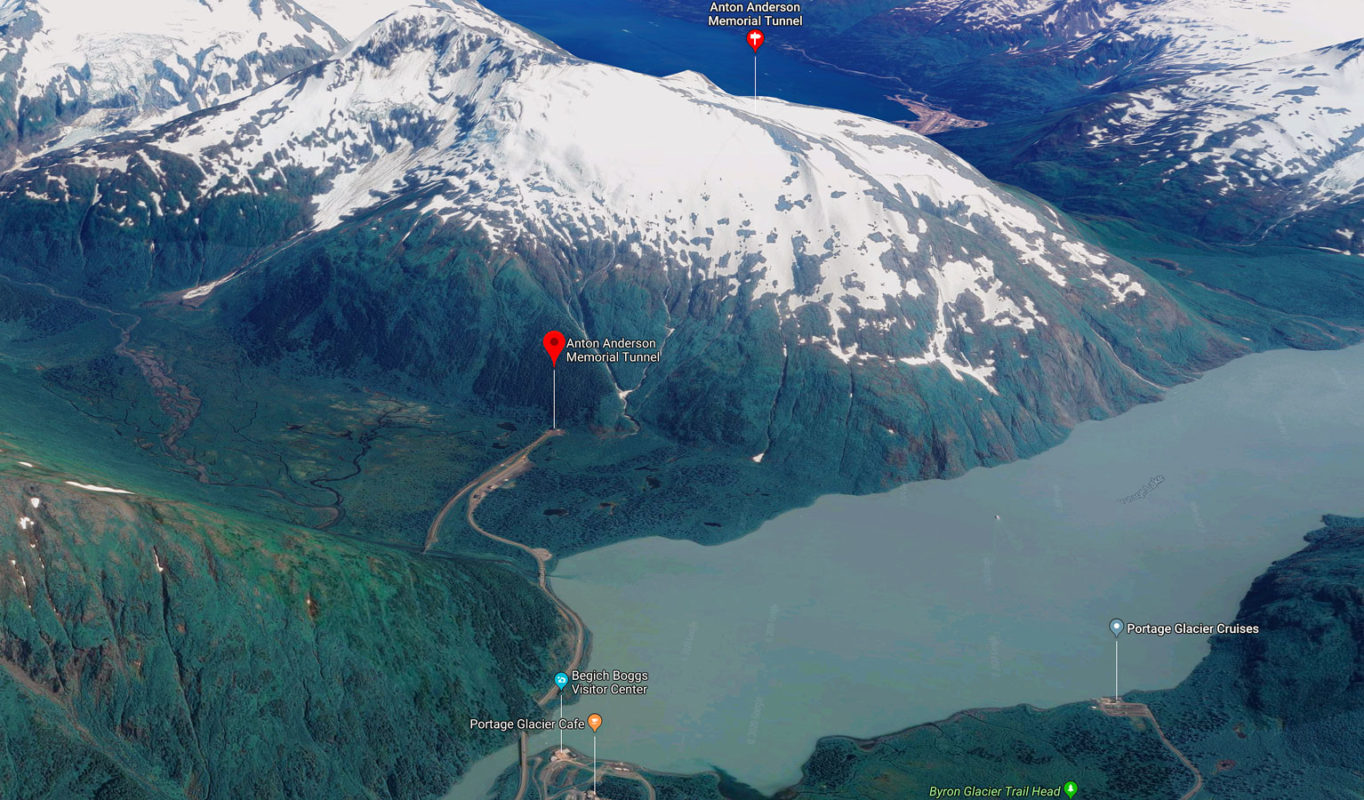
Post-Conference Field Trip (8:30 am to 2:00 pm; May 17)
This post-conference tour includes stops at the Permafrost Tunnel, Trans Alaska Pipeline System, and the Cold Climate Housing Research Center on UAF campus. Attendees are also welcome to check out the Museum of the North on UAF campus on their own. The trip is expected to last from 8:30 am to 2:00 pm Ground transportation will be provided by the conference but no lunch will be provided.
Note that all attendees will need to book their own itinerary to Fairbanks. We negotiated a 15% discount at Bridgewater Hotel, Trademark Collection by Wyndham for our conference attendees. It is set to be available to book until May 2nd, 2024. Please use this link to book a hotel room.
A copy of the passport photo page (or green card) for non-US citizen attendees is required to be submitted to the conference organizer (zyang2@alaska.edu) at least 30 days in advance of the tour, or by April 15, 2024.
Schedule
- 8:15 am – Board coach at Bridgewater Hotel, safety speech
- 8:30 am – Depart Bridgewater for Trans-Alaska Pipeline Viewpoint/Permafrost Tunnel and Permafrost Experiment
- 2:00 pm – Pick up at Permafrost Experiment Station and take directly to Fairbanks Airport
The Permafrost Tunnel is located in Fox, Alaska, about 16 miles north of Fairbanks. This unique permafrost research facility is managed by Cold Regions Research and Engineering Laboratory (CRREL). The Permafrost Tunnel was excavated into a man-made escarpment, and is approximately 110 meters in length, 2 to 2.5 meters high, 4 to 5 meters wide, and 15 meters below the surface.
The tunnel is composed of two portions: the adit (horizontal passage), which passes entirely through frozen silts, and the winze (inclined adit), which extends off of one side down 45 meters passing through silts, a gravel layer, and then into bedrock. The bottom of the winze is approximately 5 meters lower than the adit.
It was during the excavation process that the tunnel’s usefulness as a natural laboratory for natural science and engineering study became clear. The tunnel’s frozen walls expose a continuous cross section of undisturbed, perennially frozen, fossil-rich silt, sand, and gravel on top of bedrock. Click the picture below for more info.
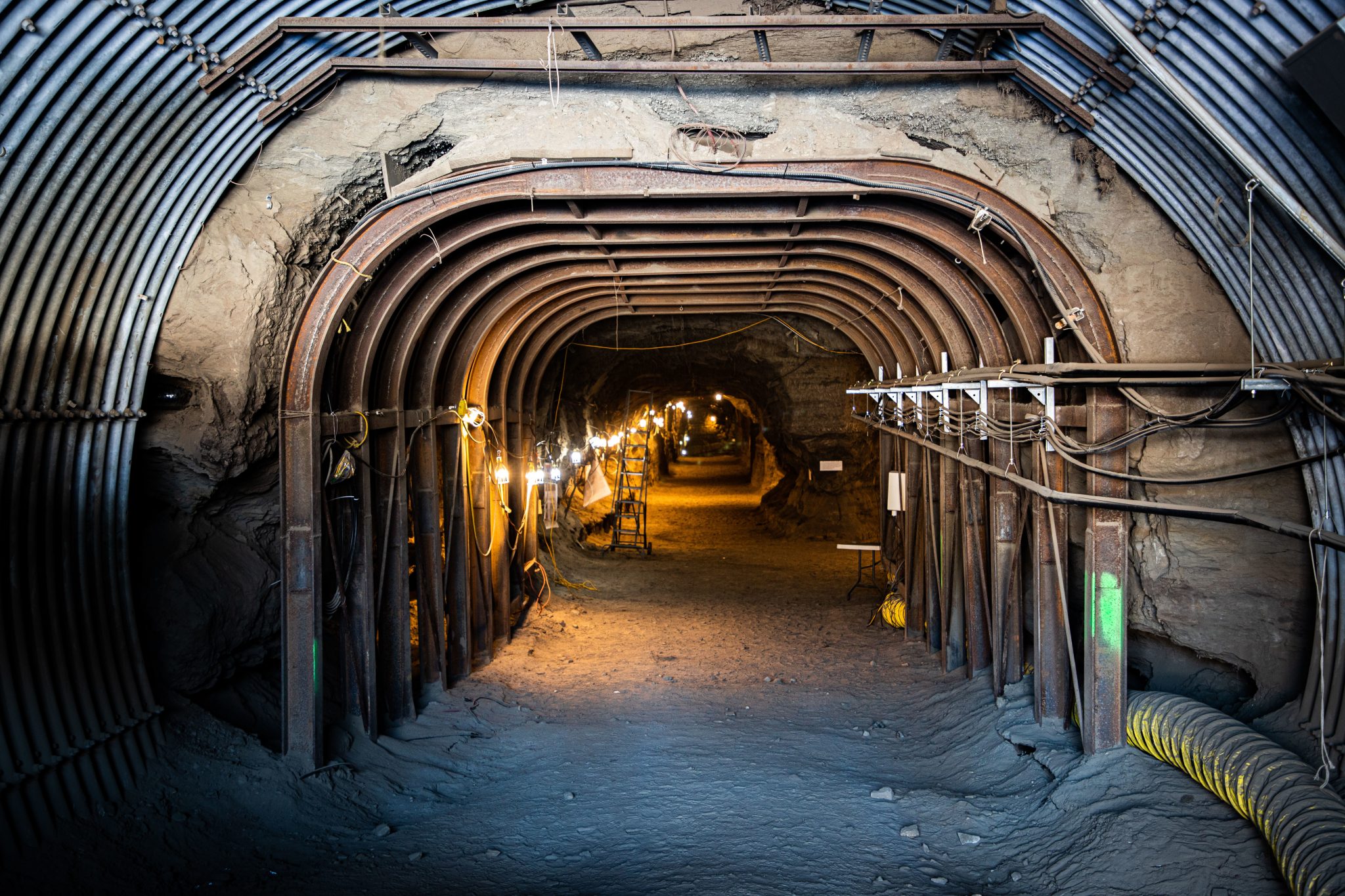
Trans Alaska Pipeline System (TAPS)
TAPS is a great example of successful cold regions engineering achievements! Attendees will have an opportunity to visit the TAPS up close after visiting the Permafrost Tunnel. Mr. Greg Kinney, Site Engineer from Alyeska Pipeline Service Company, will be our tour technical guide. More info about the TAPS can be found here.
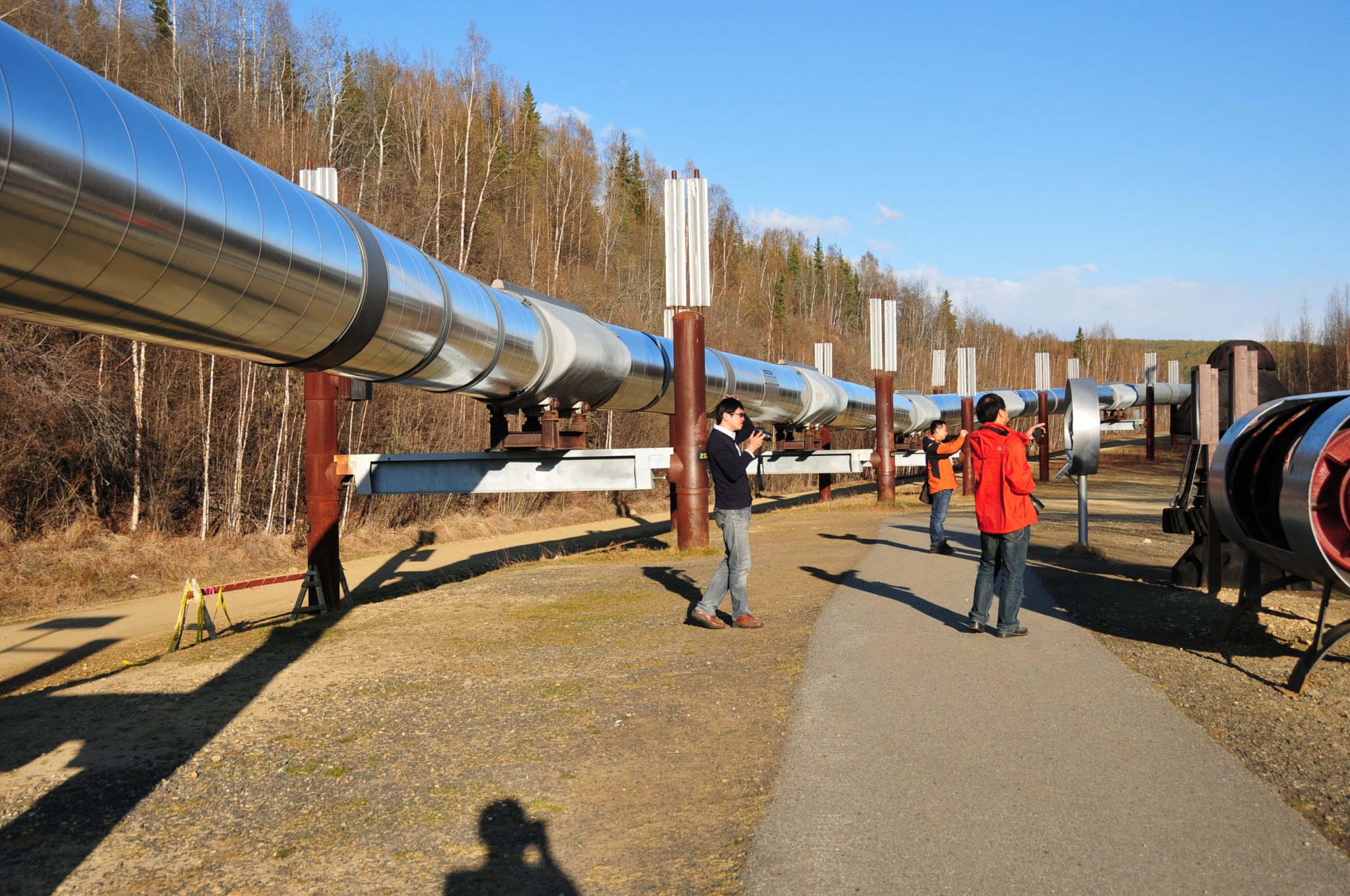
Fairbanks Permafrost Experiment Station
The Fairbanks Permafrost Experiment Station (FPES) (302 Farmers Loop Road), part of the U.S. Army Engineer Research and Development Center’s (ERDC) Cold Regions Research & Engineering Lab (CRREL), gives researchers a window into cold regions effects on construction and how altering the environment can affect permafrost. FPES allows researchers to create and conduct a variety of scientific and engineering experiments on an ice-rich permafrost site typical of much of Alaska.
